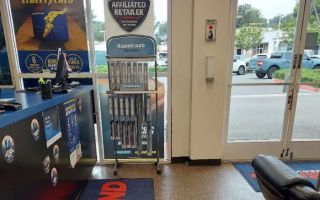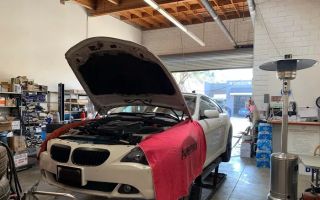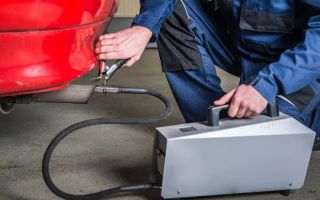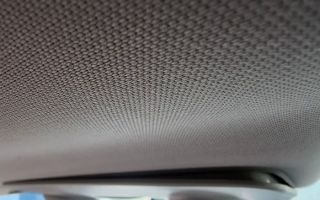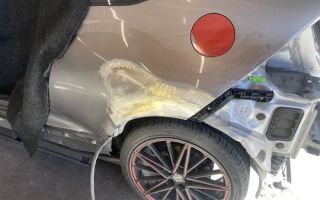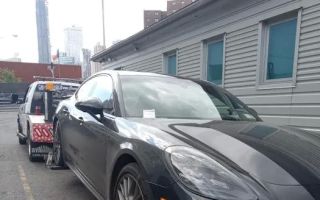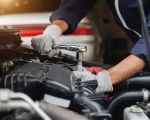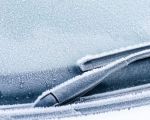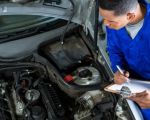- understanding-your-cars-canister-vent-solenoid
- what-the-canister-vent-solenoid-does
- common-symptoms-of-a-faulty-canister-vent-solenoid
- how-the-evap-system-relies-on-this-little-valve
- real-driver-story-mystery-check-engine-light
- should-you-replace-it-yourself-or-call-in-help
1. Understanding Your Car's Canister Vent Solenoid
It’s easy to overlook the small components inside your car until something goes wrong—especially parts like the canister vent solenoid. This tiny yet crucial part plays a big role in keeping your emissions under control and your vehicle running efficiently. Whether your check engine light just came on or you're curious about what really keeps your fuel vapors in check, understanding your car’s canister vent solenoid could save you time, money, and a lot of frustration.
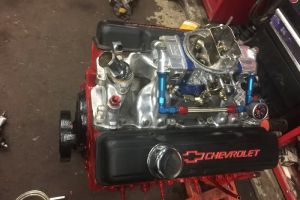
J&J Auto Repair
2879 Lockbourne Rd, Columbus, OH 43207, USA
2. What the Canister Vent Solenoid Does
At the heart of your car’s EVAP (Evaporative Emission Control) system, the canister vent solenoid is responsible for managing airflow into the charcoal canister that stores fuel vapors. When functioning properly, it helps direct those vapors back into the engine for combustion, reducing harmful emissions and improving fuel efficiency.

Lopez Auto Repair
1290 W Mound St, Columbus, OH 43223, USA
2.1 Where It’s Located
Most vehicles have the canister vent solenoid mounted near the fuel tank or along the EVAP lines leading to the charcoal canister. It’s electronically controlled by your vehicle’s onboard computer, which opens or closes it based on real-time engine demands and system checks.
2.2 Why It Matters
A failing vent solenoid can result in performance issues, increased emissions, and failed inspection tests. More importantly, it often triggers the check engine light and stores error codes like P0446 or P0455—issues many drivers encounter but don’t fully understand.
3. Common Symptoms of a Faulty Canister Vent Solenoid
Knowing the warning signs of a failing vent solenoid can help you act before minor issues turn into major headaches. Here are some of the most common red flags:
3.1 Check Engine Light Appears
The most obvious indicator. Error codes related to the EVAP system are often linked directly to solenoid malfunction. A quick OBD-II scan can confirm this.
3.2 Trouble Filling the Gas Tank
If your pump keeps clicking off or gas splashes back, the vent solenoid may be stuck closed, causing pressure buildup in the tank. This is a surprisingly common complaint.
3.3 Rough Idle or Hesitation
While less frequent, an improperly functioning solenoid can allow excess air into the engine system, disrupting the air-fuel mix and causing idle issues.
4. How the EVAP System Relies on This Little Valve
The EVAP system captures and recycles fuel vapors that would otherwise escape into the atmosphere. The canister vent solenoid is essentially the gatekeeper—it ensures proper air movement in and out of the charcoal canister. Without it, the system can’t run diagnostics or vent pressure correctly, leading to emissions test failures and potentially costly repairs.
4.1 Emissions and Environmental Impact
One leaking or stuck valve can allow raw fuel vapor to escape, contributing to pollution and violating EPA standards. It’s a small part with a big environmental responsibility.
4.2 Fuel Economy and Driveability
While it's not directly connected to your engine's horsepower, a malfunctioning solenoid can cause your ECU to compensate unnecessarily, affecting fuel economy and long-term engine health.
5. Real Driver Story: Mystery Check Engine Light
Lisa, a delivery driver in Texas, shared her experience with a seemingly harmless check engine light. After weeks of ignoring it, her car started stalling at stoplights. A diagnostic scan revealed a P0449 code—canister vent valve malfunction. With help from a technician, she had it replaced within an hour. “I wish I’d known earlier how important that little part was,” she said. “It would’ve saved me stress and downtime.”
5.1 Lessons from the Field
Lisa’s story is far from unique. Many drivers learn the hard way that ignoring small sensors and valves can eventually lead to more noticeable performance problems. Prevention—and knowledge—go a long way.
6. Should You Replace It Yourself or Call in Help?
Some vehicle owners choose to replace the canister vent solenoid themselves. It’s often a straightforward job involving a few bolts and a wiring harness, especially with online tutorials. However, depending on your car model, it might be hidden behind shields or beneath the chassis, making DIY replacement less accessible.
6.1 When to DIY
If you're comfortable under the car, have basic tools, and your solenoid is easy to reach, it’s a manageable weekend project. Just remember to disconnect the battery and double-check that your replacement part is compatible.
6.2 When to Call the Pros
If you're unsure about diagnosing the issue or the solenoid’s location is difficult to access, professional help is the smart move. Experienced technicians at Rescue & Towing not only offer part replacement but can also check your entire EVAP system to ensure no other issues are hiding in the shadows.





